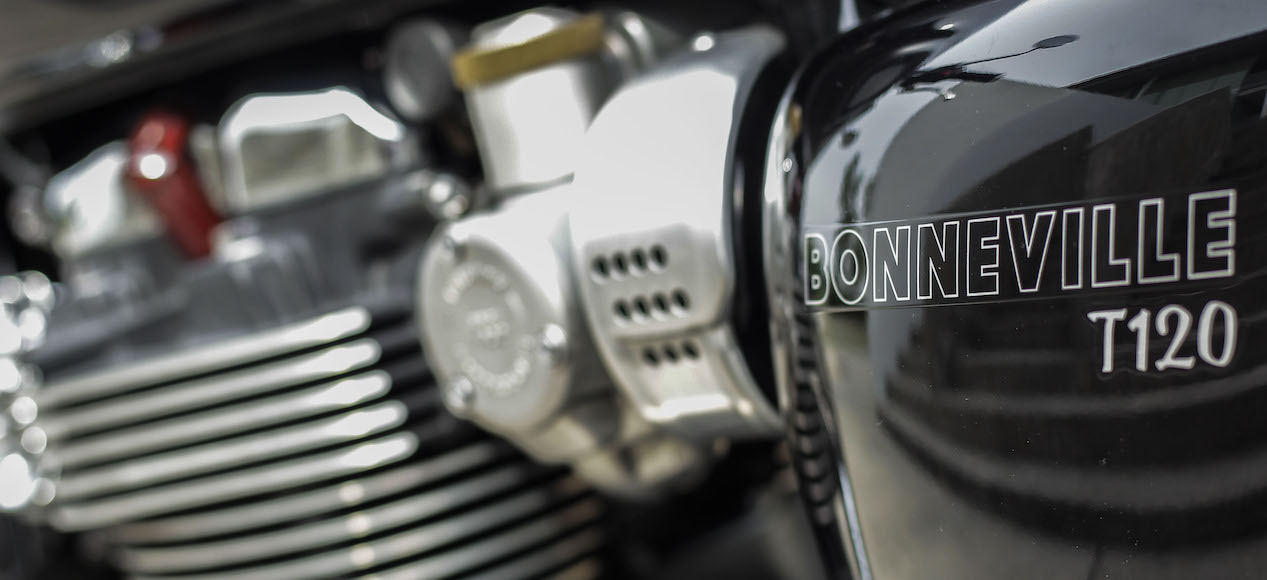British manufacturer Triumph has produced some of the most iconic motorbikes of all time over the years.
Part of that success has come through the use of its most famous names, reviving old nameplates to evoke memories of years gone by and reintroducing them to a whole new audience.
The majority of Triumph’s current range consists of names going back to the 1930s and beyond (the original Speed Twin appeared in 1937, for example). But what are the most famous, and what are their origins? Here are five of the best known…
Trident
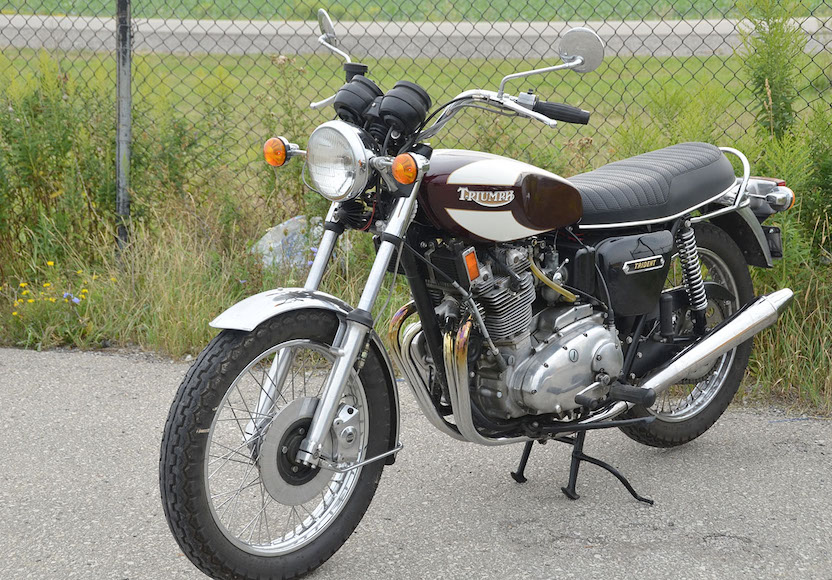
The 1960s saw Triumph and BSA join forces to develop a new superbike. Powered by a three-cylinder 750 based on the old Triumph 500 twin, BSA’s model was known as the Rocket 3, while the Triumph was badged as a Trident T150, the ‘T’ number designating, in Triumph tradition, the theoretical top speed in miles per hour.
While the models saw a leap forward in terms of performance, they were quickly usurped by the four-cylinder Honda CB750, which was launched just after the British bikes in late 1968.
Triumph also enjoyed race success with the fully faired ‘Slippery Sam’ winning the Isle of Man Production TT five times consecutively between 1971 and 1975, and BSA/Triumph locking out the podium at the 1971 Daytona 200.
A new Trident was also one of the triumvirate of models launched in 1990, when Midlands entrepreneur John Bloor revived the Triumph brand. All three models were based around the same modular frame and engine design. The Daytona was the sportiest of the three, while the Trophy was a tourer in the style of the BMW RT or Kawasaki GTR1000.
Trident was the name given to what, in American parlance, was the standard – a no frills, unfaired roadster. Where the Daytona and Trophy had been available in both three or four cylinder versions, the Trident came with a choice of two three pot motors. A short stroke 750 powered the entry level model, with the 900 version also available.
While the Trident was a fairly popular model, it was never replaced when the first generation of Hinckley bikes were phased out. Surprisingly the name has never been reused since, but who would bet against a Trident comeback some time in the future?
Tiger
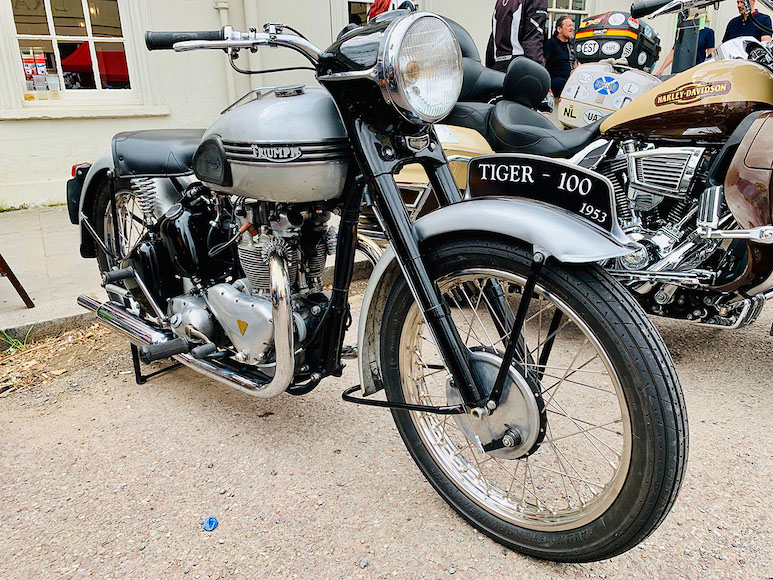
The Tiger was Triumph’s bread and butter model since 1937 and often provided the basis for the more prestigious models, like the Trophy (off road), Daytona (race) and Bonneville (street sportsbike), which would use the same basic engine and frame, but in a tuned format.
Tigers were huge sellers, so it was no surprise to see the Hinckley Triumph company plunder the Tiger name early on, when it applied it to the gargantuan 900cc dual sport machine of 1993.
A forerunner to the modern adventure bike, the Tiger was based on the early Hinckley modular concept, which saw a large number of parts shared between models. Nicknamed the ‘Steamer’ due to the large plumes of vapour that would come from the radiator when ridden through water, the reborn Tiger was a real cult bike.
The Tiger evolved with the market trends, becoming more road focussed in the early 2000s as it moved into its 955 and 1050 incarnations. These days there are two Tiger ranges, the twin cylinder 800 and the 1200 triples, and just like the ubiquitous BMW GS models, the latest Tigers come with a wide range of spec options to suit a wide range of riders and the terrain they like to ride – a far cry from the humble Tigers of the 1937!
Thunderbird
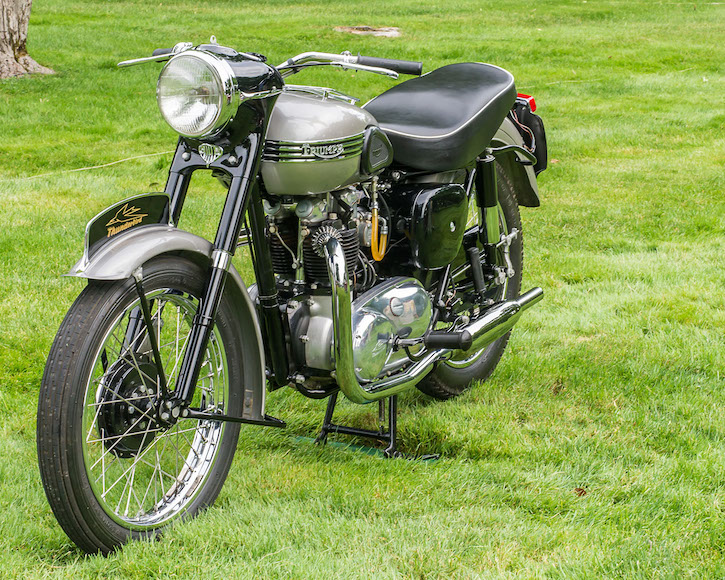
As has always been the case, the United States was a big market for Triumph to crack in the 1950s.
In a market where bigger was better, the answer was a 650cc twin to go alongside the existing 500s. The name, Thunderbird, was given by Triumph boss Edward Turner, who stayed in a South Carolina hotel by that same name just before the bike was launched in 1949. What’s more, the bike proved to be a massive success – being made even more iconic after appearing as Marlon Brando’s ride in the movie, The Wild One.
Thunderbird has remained a name reserved for American influenced bikes since being revived by the current Triumph factory. In 1994, a classically styled, highly chromed 900cc triple came out wearing the Thunderbird name. It was no Harley-Davidson clone but proved a massive hit and remains a highly collectable machine today. The most recent Thunderbird, a 1600/1700cc twin, was less well received by the buying public despite actually being a very good cruiser that’s incredibly engaging to ride.
Bonneville
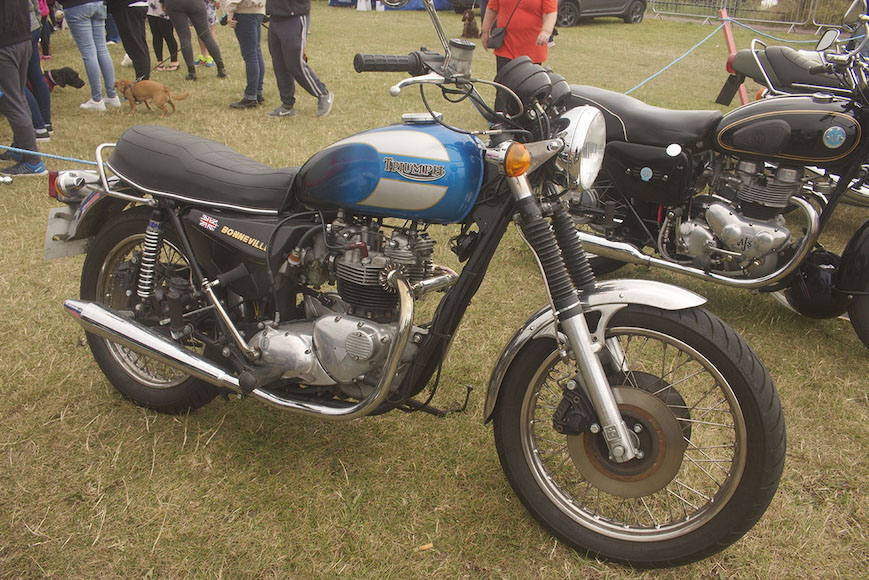
Back in the 1950s, Triumph traded its reputation on being ‘The World’s Fastest Motorcycle’. This status was won on the famous Bonneville Salt Flats in Utah, where Johnny Allen had topped a record breaking 214mph on his Triumph powered streamliner.
The original Bonneville was the fastest bike of the day, when it was launched in 1959. Essentially a tuned up Tiger T100, the Bonneville T120 (to give it its full name) was to 1960s motorcycling what the Honda FireBlade became three decades later.
Others caught up and surpassed the Bonneville over the years, but it remained an iconic and ever present model in the Triumph range – right through the decline and eventual demise of the old Meriden Triumph company in 1983.
Rather than go straight out and create a cash cow based on it most famous model, somewhat surprisingly John Bloor chose to ignore the Bonneville name for the first decade of his stewardship of the Triumph brand, perhaps feeling that the weight of expectation from its most famous nameplate would be too much for the fledgling company to bear.
Eventually Bloor ceded to public pressure and in 2001 an all-new Bonneville was released. The new ‘Bonnie’ looked like it had just rolled out of a 1969 Triumph dealership, even if the engineering was straight out of the 21st century.
Admittedly the modern Bonneville is no speedster, but it remains a hugely popular choice in both 900cc and 1200cc guises. It remains the quintessential Brit bike, even after all these years, and a real talisman of the Triumph Motorcycles range.
Daytona
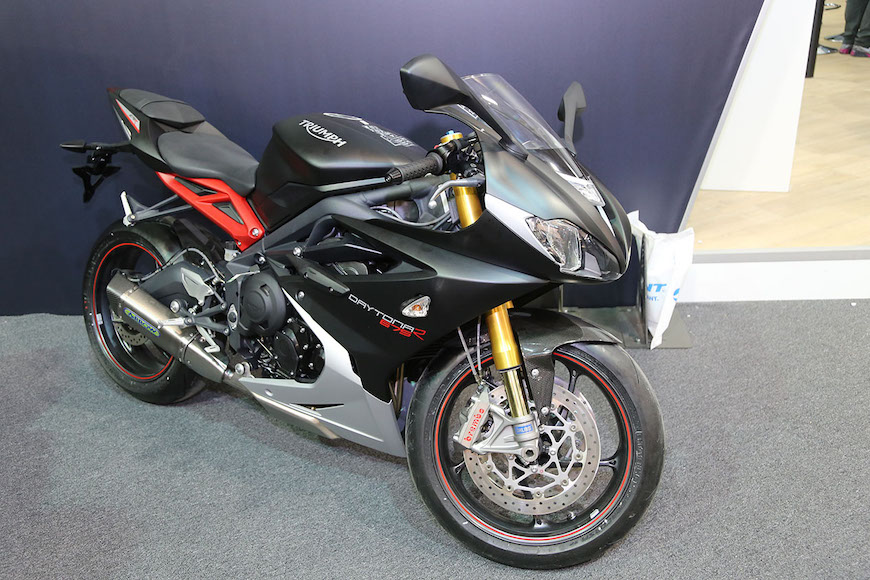
Just like the Bonneville, the Daytona name was brought in to commemorate a significant achievement in the company’s history – in this case it was in honour of American racer Buddy Elmore’s victory in the 1966 Daytona 200.
Introduced for 1967, the production machine was a development of the 500cc Tiger 100 – tuned with cylinder head work and the adoption of twin Amal carburettors. A works version of the bike also won the 1967 Daytona 200, in the hands of Gary Nixon, while factory test rider Percy Tait famously finished second at the 1969 Belgian Grand Prix on a Daytona-derived bike – having led the legendary Giacomo Agostini in the opening laps.
The Daytona road bike stayed in the Triumph range until 1974, when the troubled Meriden company was in the grip of industrial action. The Daytona name was then one of three used by the comeback Triumph company in 1990, applied to the sportiest version of its modular range of bikes. It has been a near ever present in the catalogue since, carrying on to the flagship ‘T595’ sportsbike of 1997 and latterly on the smaller four-cylinder 600 and 650 supersport bikes.
In 2006, Triumph produced arguably the most significant Daytona yet when it released the 675 Triple. For the first time, Triumph had a genuinely class leading bike in the highly competitive mid division sportsbike sector. The 675 remained on sale in the UK until very recently and just last month Triumph announced a new, 765cc, version of the Daytona, powered by their Street Triple developed Moto2 engine.
Photography: Shutterstock



